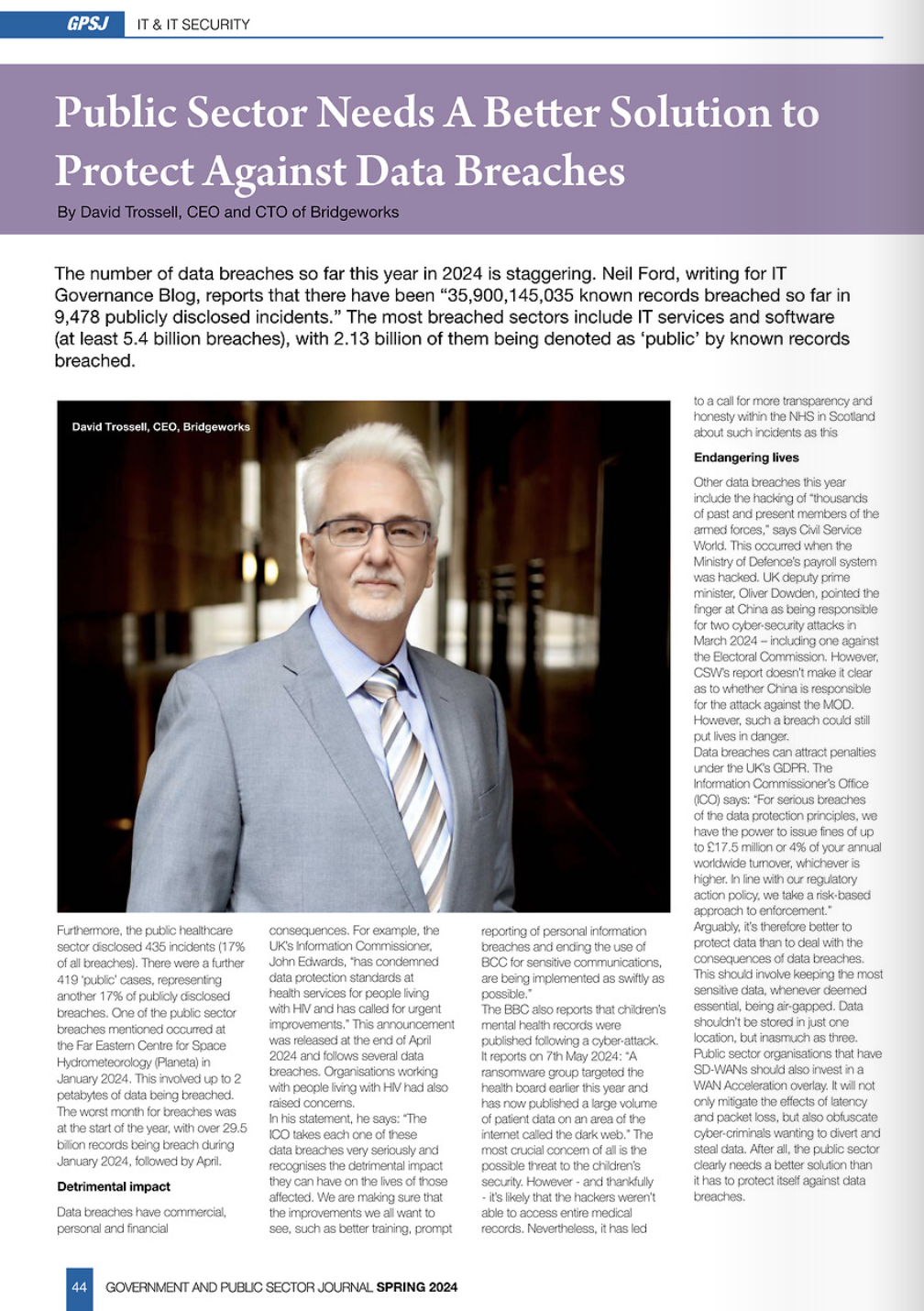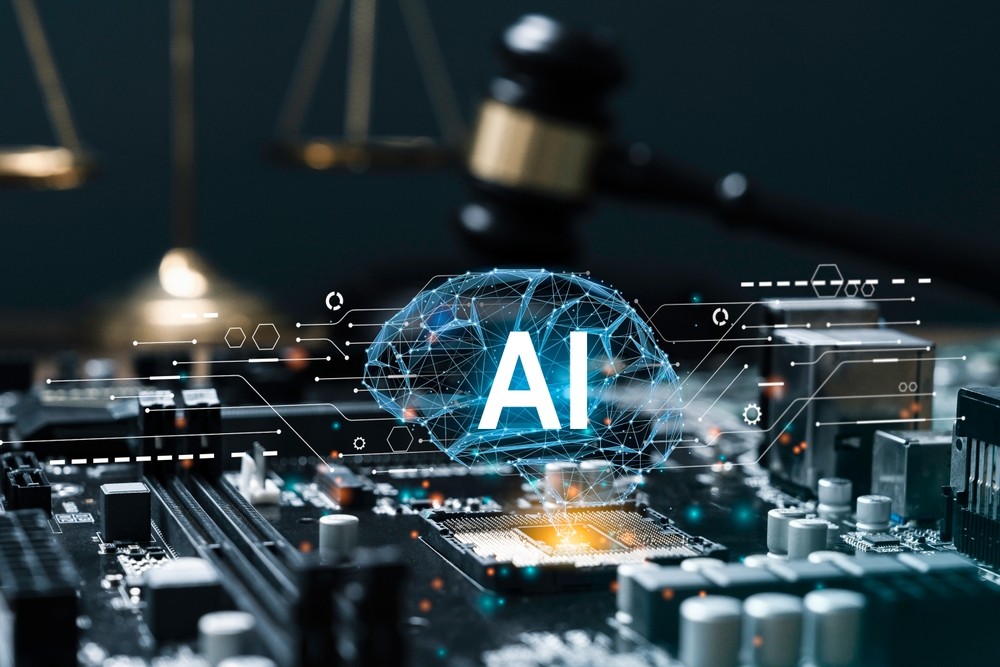
December 14, 2020
2020 has been an unpredictable year for most people, including businesses. Santa has found it hard to plan ahead, too. Nevertheless, he hopes that Christmas will still be on. However, given social distancing rules, he doesn’t think visiting people’s homes and going down their chimneys is a viable option. Even his reindeer have been practicing it, meaning that Santa can’t carry as many presents as he usually does. Santa’s elves have been furloughed for much of the year, and so this has also reduced capacity.
However, econsultancy.com points out research from Klarna and Retail Economics, which “has found 71 percent of British consumers are reluctant to shop in store in the lead up to Christmas, which will likely increase the amount they spend online even further over the coming months. Indeed, 56 percent say they expect to do more online shopping this year than they have in previous years.”
With the growth in e-commerce, Santa has had to look at developing a digital strategy for finding out what children want. This means delivering presents to the world’s children by developing a logistics delivery network across the globe. This strategy has meant that he’s had to use more and more big data to discover what kids really want this year, revise his datacenter and e-commerce strategies, and put in place service continuity, as well as disaster recovery measures to keep operating.
David Trossell, CEO and CTO of WAN Acceleration solutions provider Bridgeworks, adds that nobody – not even Santa – could have predicted at the end of 2019 what was about to occur in 2020. The global and national response to the Covid-19 has fundamentally changed many aspects of our lives – “none more than the way people purchase just about everything”, says Trossell, before commenting:
“With social distancing and lockdown rules, many of Santa’s elves have been unable to make this year’s toys and have had to take furlough. Which means Santa, like the rest of us, is forced to buy all his presents online.”
Adapting to change
Usually, Santa receives tons of letters from children, requesting a particular gift. This year, the traditions of sending letters and climbing down into people’s houses has had to adapt to social distancing and Rule of Six regulations in, for example, the UK. The increasing number of houses heated by central heating has also made it difficult to find a chimney to climb down.
Despite these changes, operations in the North Pole have just about managed to continue. Yet, because more people are making online purchases to avoid the shops, he has to look to the likes of Royal Mail, DHL and other mail delivery companies to ensure that children can order what they want. Of course, that’s subject to them having been good throughout the year, to receive their presents on time. To enable this, Santa has created his own website, Santa app and email address to accept and receive requests.
However, as Trossell explains, this new approach isn’t without its regulatory challenges: “It’s going to cause a headache with all the GDPR regulations we now have to follow. Santa will probably be spending all his time leading up to Christmas ensuring he has all the data protection and data security policies and practices in place. Will he use the Cloud, or will he plump for on premise? Either way, he is going to have a database of customer preferences that will rival some of the big online retailers.”
“To ensure that his big data is accurate, analyzed in real-time and to ensure that he can recover data whenever a disaster strikes. After an audit, he found that his WANs weren’t improving with WAN optimization, and that his SD-WANs also need a boost. Another consideration of his is Brexit: the need to comply with the European Union’s General Data Protection Regulations (GDPR) by making sure his globally-located servers and database are kept in sync. He has now invested in WAN Acceleration to support all of his operations – including his e-commerce activities.”
E-commerce shift
The shift towards e-commerce has been occurring over a number of years. Lockdowns and other Covid-19 responses and regulations have accelerated it. Banks and financial services have also joined in the foray. Trossell explains: “Some of these changes have been forced upon this sector with price comparison websites, whilst pressure from fintech start-ups, as well as low interest rates, has driven the industry to lower costs to maintain profitability. However, this pandemic with social distancing and lockdowns has, where possible, pushed many organizations to introduce work from home policies to keep going.”
The call for as many people as possible to work from home as much as possible, has enabled companies and their employees to re-evaluate the daily commute, as well as the need to have everyone working from a centralized office. Employers have had the opportunity to look at the merits and demerits of remote working from home. The downside of working from home is a lack of social interaction, and if during the first lockdown, many parents had to work from home while home-schooling their children because the schools were closed for quite a few months.
The lack of social interaction has, finds Trossell, concerned many HR departments. To address this issue, he says some organizations are working with industrial phycologists to conduct research into this challenge. “This had led many to think that digital work in the future will be a hybrid model with a mixture of work from home and in the office”, he explains, before commenting:
“One of the more interesting aspects going forward will be what the retail industry will look like in the future? Many of the traditional retailers are moving online to compete with the likes of Amazon et al in order to stay in business. Will this be the future, or will we see a slow return to the “shopping experience”? Will the retail store migrate to somewhere to visit and review major purchases? If we accept that online will be the future of retail, what will happen to all these expensive shopping malls?”
Digital transformation
This has also altered how customers interact with companies. They now expect, claims Trossell, “to interact with their providers digitally now, rather than by letter or being held in a call queue. I find it frustrating in this day and age that I have to transact everything by letter with my pension provider – and it’s one of Europe’s largest!” Santa has taken note, and has requested a meeting, as his pension provider is said to be the very same one that David Trossell uses.
Latency and GDPR
That aside, with more people being online comes the potential for the internet and WANs to become stretched, or for their bandwidth to struggle as a consequence of the networks struggling to achieve full utilization. The specters that often prevent this are latency and packet loss. They can slow down network, cause jitter and render big data analysis inaccurate. That’s because big data analytics often needs to occur in real-time to achieve a high level of accuracy, and there is the other angle that requires, for example, Santa’s internationally located databases to be synchronized to comply with data protection regulations, such as the European Union’s GDPR.
Trossell remarks: “While we move more and more down the global digitization road at an ever-increasing pace, we do have to consider the limitations of the infrastructure. Although we find it hard to imagine just how fast light travels when compared to what happens in our environment, in terms of transmitting data over long distance, it is painfully slow. So, we now embrace our new way of working the backbone infrastructure at certain times begins to creak, causing packet loss. And as we have all experienced during lockdown, moves the wonderful circle of dots while we wait for bandwidth. For large organizations, packet loss and latency are major issues when moving large amounts of data around the globe.”
“One of the key components of GDPR is the requirement of data storage and the requirement to safely store, protect it from theft and provide relevant data within a specified timeframe if requested. With a potential database of 1.9bn children on board, this is going to be a major headache because being able to retrieve data is an important requirement and, therefore, data loss is key.”
Disaster recovery
To ensure that data is kept safe, he advises Santa to follow the practice of having data in three different places, outside of each disaster recovery sites’ circle of disruption. The data that Santa has in his keeping, on his various internationally located databases, “is going to take some time moving that over the internet in encrypted format. However, WAN Acceleration can help him with that. Its performance is not affected by the need to store, send and receive encrypted data.”
Most organizations resort to SD-WANs to address latency and packet loss, or to WAN optimization. Both technologies have their benefits, but they can’t sufficiently address latency and packet loss. SD-WANs, for example, can therefore benefit from a WAN Acceleration overlay, which is the approach that Santa has decided to follow in his efforts to ramp up his digital transformation program.
Unlike WAN optimization, WAN Acceleration sends and receive encrypted data at speed over large distances by using artificial intelligence, machine learning and data parallelization to mitigate the effects of latency and packet loss. The deployment of WAN Acceleration by Santa is making him feel confident that despite lockdowns and Covid-19 regulations won’t hinder his ability, despite a shortage of elves, to deliver Christmas gifts to the doors of the world’s children – happy Christmas!




